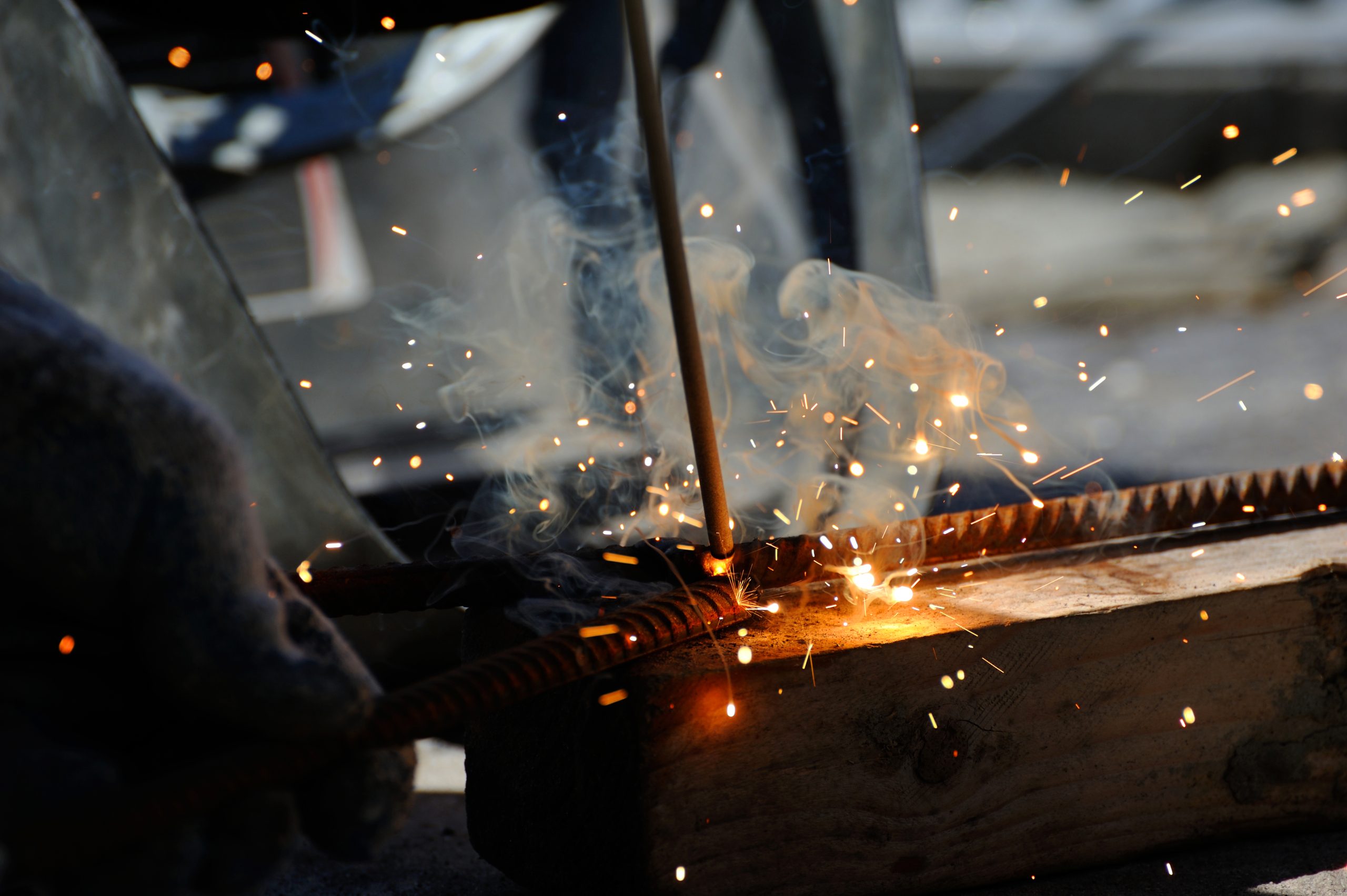Welding is a fundamental process in the construction industry, playing a crucial role in the fabrication and assembly of structural components that form buildings, bridges, and other infrastructure. This article explores the wide-ranging applications and significance of welding in construction, highlighting its contributions to safety, efficiency, and architectural innovation.
Applications of Welding in Construction
- Structural Steel Fabrication: Welding is extensively used to join steel beams, columns, and trusses, forming the skeleton of buildings and bridges. It ensures structural integrity and supports the weight of the entire structure.
- Bridge Construction: Welding is essential for fabricating and assembling bridge components such as girders, decks, and supports. It enables the construction of durable and reliable bridges capable of withstanding heavy loads and environmental stresses.
- Pipe Welding: In plumbing and HVAC systems, welding joins pipes and fittings to create reliable fluid and gas conveyance networks within buildings. It ensures leak-free operation and longevity of the plumbing system.
- Architectural Metalwork: Welding is employed in the fabrication of decorative and functional metal elements used in architectural features, facades, and interior designs of buildings. It allows for intricate designs and customization.
Importance of Welding in Construction
- Strength and Durability: Welded joints provide strong and durable connections between structural elements, enhancing the overall strength and stability of buildings and infrastructure.
- Precision and Flexibility: Welding offers flexibility in construction design, allowing architects and engineers to create complex structures and achieve desired aesthetic outcomes.
- Cost Efficiency: Efficient welding processes reduce labor costs and construction time, contributing to overall project cost savings without compromising quality.
- Safety: Properly executed welds ensure the safety of construction workers and occupants by maintaining structural integrity and preventing failures or collapses.
Key Welding Processes in Construction
- Shielded Metal Arc Welding (SMAW): Commonly used for onsite construction due to its portability and versatility in welding various thicknesses of steel.
- Gas Metal Arc Welding (GMAW/MIG): Suitable for welding structural steel and non-ferrous metals, offering high productivity and weld quality.
- Flux-Cored Arc Welding (FCAW): Provides deep penetration capabilities, making it suitable for thick steel plates and outdoor construction environments.
- Submerged Arc Welding (SAW): Used for welding thick steel sections and long welds in a single pass, ensuring high deposition rates and weld quality.
Technological Advancements in Construction Welding
- Robotic Welding Systems: Automated welding systems improve precision and productivity in large-scale construction projects, reducing manual labor and enhancing weld consistency.
- Digital Welding Technologies: Integration of digital controls and monitoring systems optimize welding parameters, ensuring uniformity and quality across weld joints.
Sustainability in Construction Welding
- Energy Efficiency: Modern welding equipment and processes prioritize energy efficiency, reducing carbon footprint and operational costs during construction.
- Recyclability: Recyclable welding materials and components support sustainable construction practices, minimizing waste and promoting environmental stewardship.
Future Trends in Construction Welding
- Advanced Materials: Integration of lightweight and high-strength materials in construction necessitates development of specialized welding techniques to maintain material properties.
- Prefabrication and Modular Construction: Prefabricated components require precise welding to ensure seamless assembly and structural integrity on-site.
Conclusion
Welding remains indispensable in the construction industry, enabling the realization of complex architectural designs and the construction of safe, durable infrastructure. As construction methods and materials evolve, so too does the demand for innovative welding technologies and practices that enhance efficiency, sustainability, and safety in building construction and infrastructure development. By embracing advancements in welding technology and adhering to stringent quality standards, construction professionals continue to push the boundaries of architectural possibility while ensuring the longevity and resilience of built environments worldwide.

